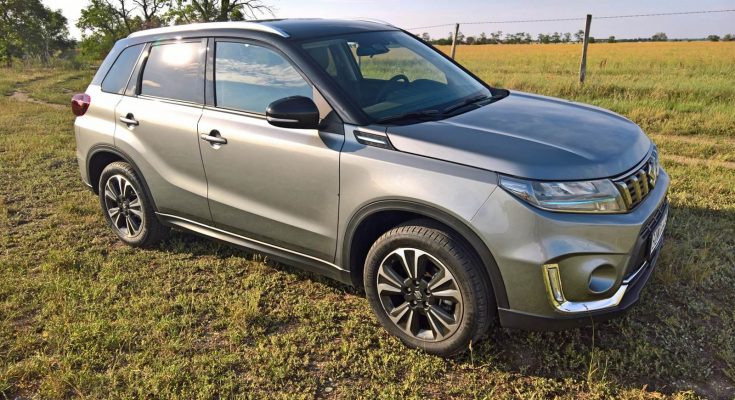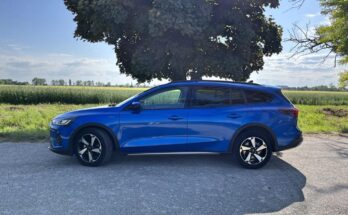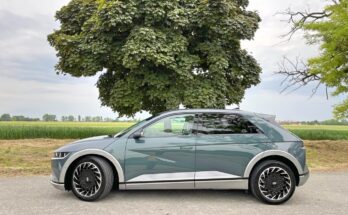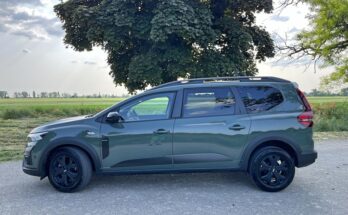We recently tested the Suzuki Vitara in its current form. The current generation of the bestseller Suzuki Vitara celebrates its fifth birthday this year and has currently undergone the biggest change in its life cycle so far. The turbocharged 1.4 BoosterJet engine received mild-hybrid technology. Of course, the Vitara is not alone in this, as Suzuki has already developed its own SHVS hybrid system years ago, which helps it cope with emission limits, and this has found its way into almost all models, including the sharp hatchback Swift Sport .
The new generation of the 1.4 BoosterJet engine now comes standard with a mild-hybrid drive in the Suzuki Vitara and S-Cross models. Thanks to the powerful 48V system, both SUVs of this brand achieve lower fuel consumption, up to 1.7 l / 100 km in the city. The all-new 1.4 BoosterJet engine represents a step forward for the Suzuki brand, and the K14D power unit shares only a few basic features with its K14C predecessor: four cylinders, 73mm bore, 82mm stroke and the resulting 1373cc displacement. Everything else is new or has undergone a thorough modernization, and the innovations are so extensive that not only the engine block and head are new, but also the crank mechanism and many other parts of the engine. The engine now has a higher compression ratio (10.9:1 vs. the older 9.9:1) and variable timing not only of the intake but also of the exhaust valves.

Hitachi direct injection with a maximum pressure of 350 bar is also new – the previous K14C engine had a Bosch system with a maximum pressure of 200 bar. Another change is an IHI turbocharger replacing the existing Mitsubishi and a subsequent modified particulate filter (GPF) combined in one case with a catalyst.
However, the main innovation is the addition of a powerful electric motor, which works with the combustion engine in five different modes and together form a hybrid drive. An electric motor with a power of 10 kW serves as an electric power generator, and the SHVS system exists in two versions: 12-volt (Swift and Ignis) and 48-volt ( S-Cross and Vitara). The second architecture is worse in terms of weight and therefore adds some 30 kg to the weight of the vehicle. The basis of the entire system is a small starter-generator connected by a belt, which helps the combustion engine with +10 kW power and +53 Nm torque during start-ups and acceleration.

The essence of the hybrid drive is to store energy (which would otherwise go to waste) for future use. This happens every time the driver releases the gas pedal – the electric motor starts to brake the internal combustion engine and thus recharges the battery. Thanks to this, engine braking is more pronounced, and in normal descents, the need to brake with classic brakes is eliminated, or this need is reduced to a minimum.
The hybrid system uses the energy obtained in this way during acceleration, when it activates the function of support during acceleration (torque boost) when the gas pedal is slightly pressed. The electric motor eliminates the so-called "turbo hole" and ensures a smoother and more pronounced reaction to pressing the pedal. When the gas pedal is pressed harder, the electric motor engages fully and the electric torque-fill control increases the total torque of the drive system by up to a respectable 53 Nm. The hybrid drive is thus able to achieve better parameters at low and medium speeds than the combustion engine itself.
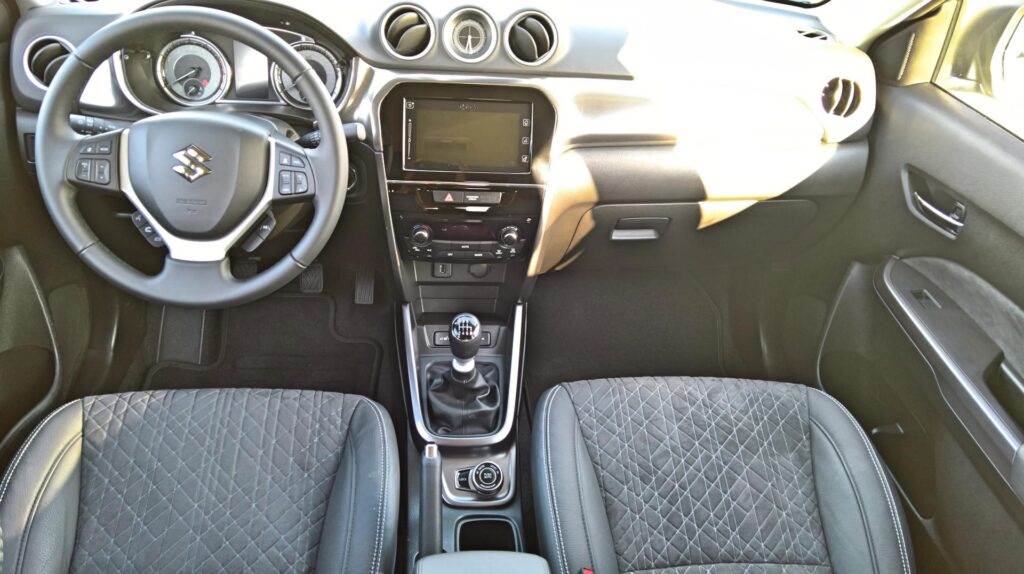
The total power has been reduced to 95 kW, but what the Vitara has lost in power, it makes up for in torque and its performance. The combination of powertrains brought it a value of 235 Nm already from two thousand revolutions, and thanks to this, it has not lost anything on its dynamic parameters and can still accelerate to a hundred in 10.2 seconds. In addition, the transition between electric and combustion mode is almost unrecognizable.
The gear ratios of the six-speed manual gearbox are also different, which are now longer from three upwards. In the city, you can calmly accelerate smoothly in 4th gear and there is no need to rev the engine by downshifting. On the highway at a speed of 130 km/h, the Vitara spins easily over 2,500 rpm in 6th gear, which is significantly less than the previous model with a classic combustion engine.
But the Suzuki hybrid system also saves fuel in other ways. Electric idle maintenance allows the fuel supply to be cut off at any time after the clutch is depressed. Maintaining idle speed under normal circumstances requires a certain amount of fuel, which is not used to propel the car, but only to keep the engine running. Here, however, the energy of the electric motor accumulated during deceleration is used. When gear is engaged, fuel injection is immediately restored and the driver can continue driving normally.
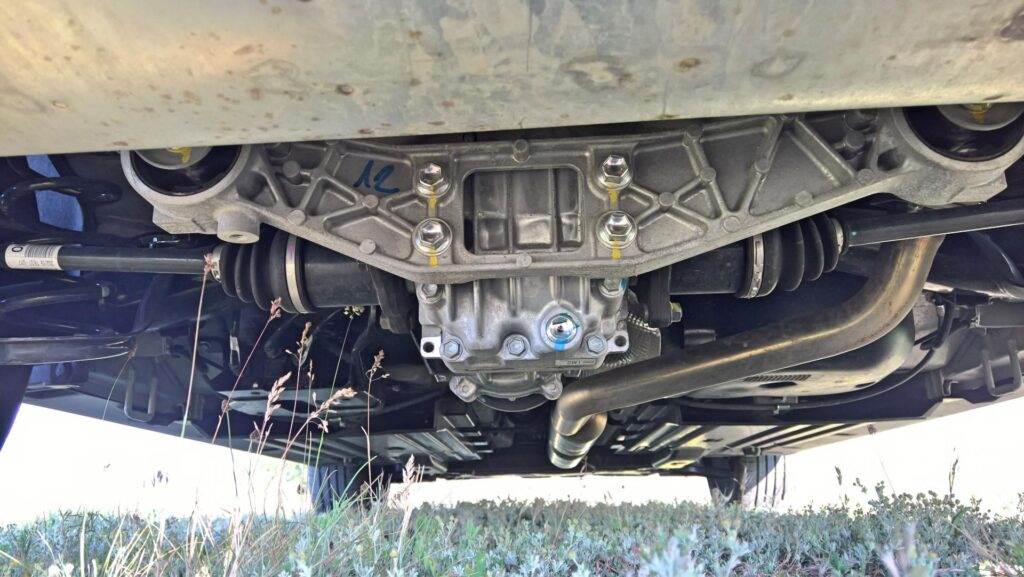
If, on the other hand, the driver releases the clutch before stopping and the driving speed drops below approximately 15 km/h (which corresponds to the idling speed in the 2nd gear), the engine will automatically switch off and start only when the clutch is pressed again and the gear is engaged. When standing still, the lithium-ion battery can power all electrical systems in the vehicle for at least a few minutes without having to start the combustion engine.
In addition, the entire system is extremely simple and compact. The electric motor with the function of starter and generator (ISG) is connected to the combustion engine via a V-belt and replaces the conventional alternator. Under the front seats are the lithium-ion battery and the 48 V / 12 V DC converter, which connects the hybrid system to the other electrical circuits in the vehicle.
Thanks to modifications to the internal combustion engine, the addition of an electric motor and the lengthening of the gears, fuel consumption has decreased by 20% in the combined cycle, in the urban cycle the savings according to the specific version reach up to 1.7 l / 100 km, and CO2 emissions have decreased by 28 grams. Thanks to this, the 1.4 BoosterJet engine with the 48V hybrid SHVS system makes a decisive contribution to meeting the fleet CO2 emission limits that come into force in the European Union this year. And that's what it's all about in the first place…
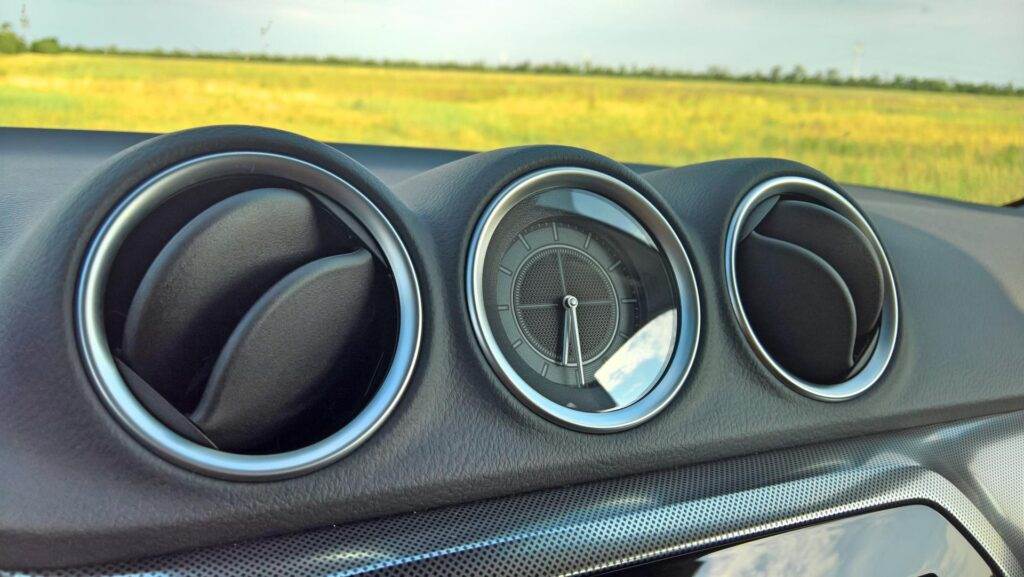
Suzuki promised that, thanks to all this, the hybrid Vitara will have a significantly lower consumption of well below 5l/100km, which is more than a liter saving compared to the previous version of the vehicle. Under ideal conditions, I believe it can be. In reality, however, we reached at least a value of over 6 l/100 km. However, we can also attribute it to the engine that has not been completely run in with barely four thousand kilometers.
In terms of looks and ride, it's still exactly the same good old Vitara. It has received newer FullLED lights in the front and back, but due to the fact that it has been on the market for a long time, it is already showing signs of aging. Plastics and controls in the interior look cheap, infotainment is slow, slow and slow again, but on the other hand, it has wide, comfortable seats, excellent ergonomics and enough space for the crew. The battery is under the driver's seat and does not take up space in the trunk, and you will still have 375 liters available. In the case of a quad bike, even a great double floor with a separating plate.

Despite the slight increase in price, the Vitara is still an affordable small SUV for anyone who does not have excessive demands on a car and just wants honest technology for decent money. Suzuki may not dazzle on paper, but in real life at least it works and you hardly feel the electric assistant. If it saves even a little bit of gas, it's still worth it…
| Technical specifications | Suzuki Vitara Hybrid AWD |
| Engine type: | Spark plug |
| Cylinders / valves: | 4 / 16 |
| Displacement (ccm): | 1373 |
| Highest power (kW(k) / rpm) | 95 (130) / 5500 |
| The highest twist. torque (Nm / rpm): | 235 / 2000-3000 |
| Gearbox: | 6-st. manual |
| Acceleration 0 – 100 km/h (s): | 10.2 |
| Combined consumption – WLTP (l/100 km): | 4.6-5.5 |
[rl_gallery id=”9834″]

